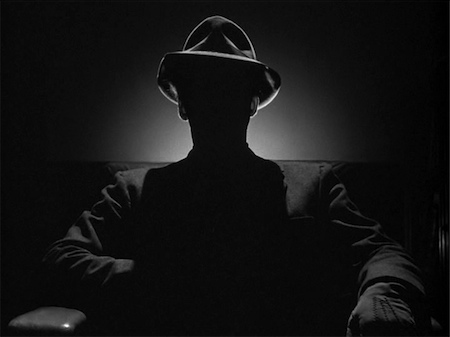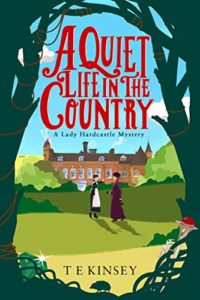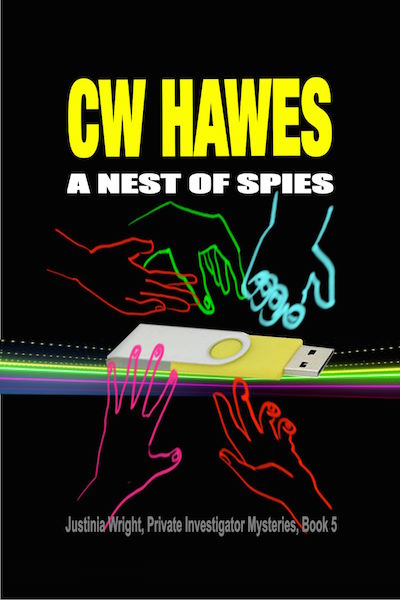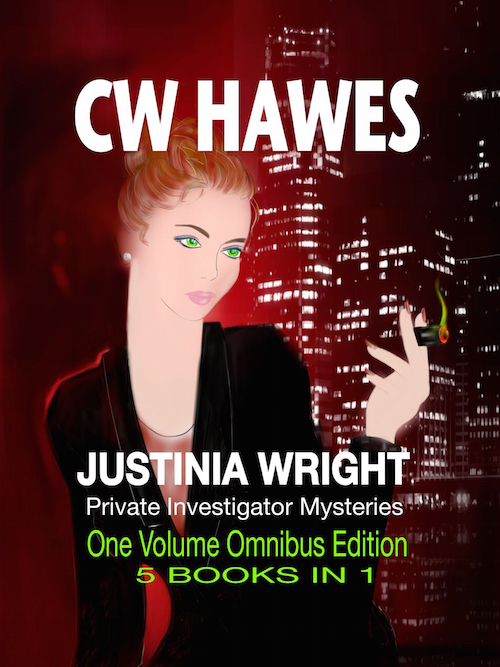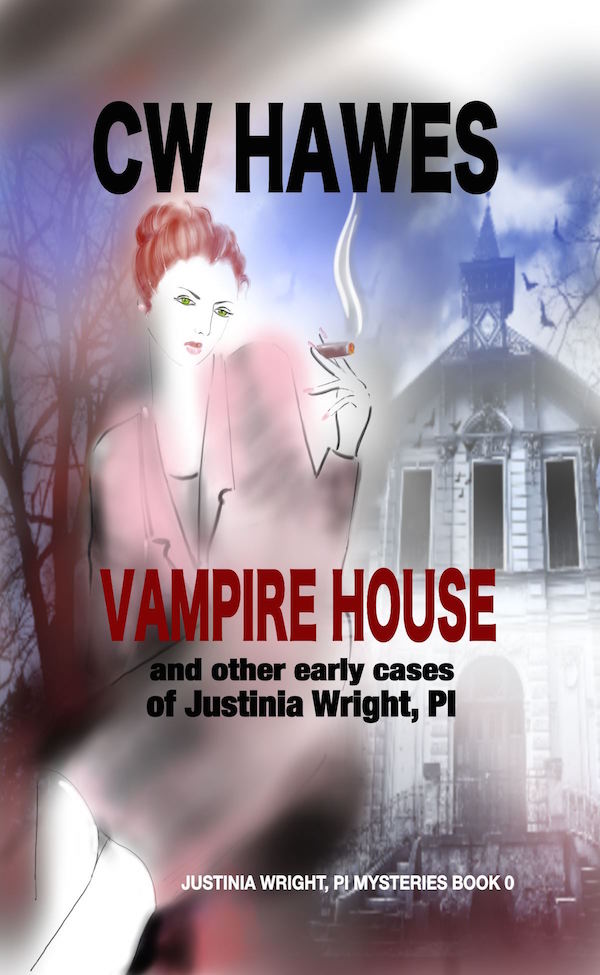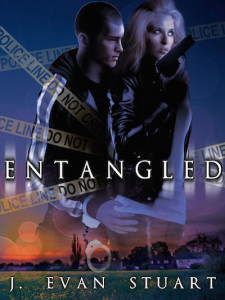Last week I talked about being a reader. I love reading and can’t talk enough about the joy of books. They truly are fab friends.
This week, I thought I’d talk a bit about some of the great books and stories I’ve been reading of late. I’m an advocate for the underdog. For those writers who are good and just can’t seem to get any traction for their books. I like to promote those writers whenever possible.
Two of my recent reads I mentioned last week: Mark Carnelley’s The Omega Chronicles and RH Hale’s Church Mouse: Memoir of a vampire’s servant. So let’s take a look at what else I’ve been reading over the past couple months.
Entangled by J. Evan Stuart
This one I’ve started re-reading: Entangled by J. Evan Stuart. The book is part police procedural mystery, part coming of age novel, and partly a YA/NA read.
The novel is Stuart’s debut work and it is a real winner. Exceptionally well-written, with characters you’ll fall in love with (well, there are one or two you won’t; but then you aren’t supposed to), and mucho suspense. I’m very much surprised this one isn’t jumping off the charts. But it isn’t. It’s in Amazon’s sub-basement. Which is too bad.
And Stuart has seemingly disappeared as well, which is also too bad. I hope he returns to bring us more Detective Sonya Reisler adventures. And who knows? Maybe a few sales and reviews would do the trick. I hope so.
Don’t pass this one up. It’s a keeper and exclusive to Amazon, so KU folks read for free.
The Stone Seekers by Jack Tyler
I just finished Tyler’s foray into epic fantasy. And it is amazing. Tyler is normally a steampunk writer, which makes this work a surprise — and a very pleasant one.
There is no hint of Tolkien in The Stone Seekers. And I like that. This work is plowing fresh territory. The Tolkien pastiches put me off of epic fantasy. Tyler, if he writes more, could bring me back.
This one is only 99¢ at Amazon. Snarf it up today!
Off Grid by Simon Osborne
A fabulous post-apocalyptic novel that made me sit up and take notice was Off Grid by Simon Osborne. It’s a great survival story. And aside from the aliens, is very realistic. Harry Lennard survives the initial invasion and now he has to survive day to day. A well-written adventure. Part Earth Abides and part Day of the Triffids.
Given the rising prices of indie authored books, this one is a steal at $2.99 on Amazon. Get it today!
The Anuvi Incident by James Vincett
James Vincett is another writer who’s seemingly disappeared — and that’s too bad for us. Nevertheless, his The Anuvi Incident is excellent. If you like military sci-fi, you don’t want to miss this. And if you don’t, that’s okay because The Anuvi Incident is also about what it means to be human. A fast-paced sci-fi war story that is also a little philosophy. A dynamite combo.
Give The Anuvi Incident a try. Vincett has created a fabulous universe.
Tales of Horror: Macabre Monsters of Michigan by Bryan C Laesch
I like horror. Not the blood and guts, hack and slash, splatter punk kind, but the slow burn psychological kind.
Bryan C Laesch’s Tales of Horror: Macabre Monsters of Michigan is a collection of three stories that are a bit slow burn and a bit on the violent side. But there is no gratuitous violence for the sake of violence. Which for me is good storytelling.
Laesch has succeeded in giving us monster stories (and who doesn’t like monster stories?) that are a touch out of the ordinary, perhaps even a touch unique. There is no reason his book should be gracing Amazon’s sub-basement. It is too good for that.
So do yourself and the author a favor and pick up a copy.
The Argolicus Mystery Series by Zara Altair
Argolicus, that Roman public servant living in Ostrogoth Italy, was a delightful find. Sometime ago I asked in a Facebook group for books to read that were not in the top 300,000 on Amazon. Zara Altair stepped forward and volunteered her mysteries — and I’m glad she did.
If you like mysteries, good ol’ Whodunits and not these repetitively boring thrillers, and you like history — than Argolicus is for you.
The stories are set in Ostrogoth Italy 20 years after the fall of Rome, which is a period of time rather neglected by historians. Argolicus has retired and finds himself involved in solving murder after murder — in a time when murder wasn’t a crime!
These are well-written and interesting books. Take a look at Zara’s Amazon page. All are good. Pick one. Any one! You won’t be disappointed.
Next week I’m going to take a look at the man who saved Weird Tales magazine and what that means for us readers today.
Comments are always welcome! And until next time, happy reading!
Share This!